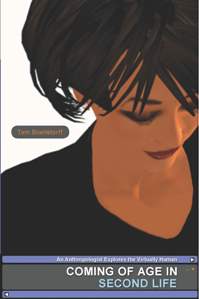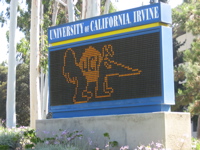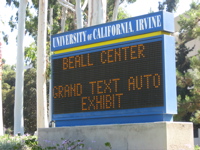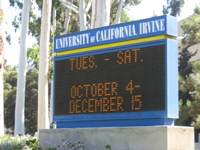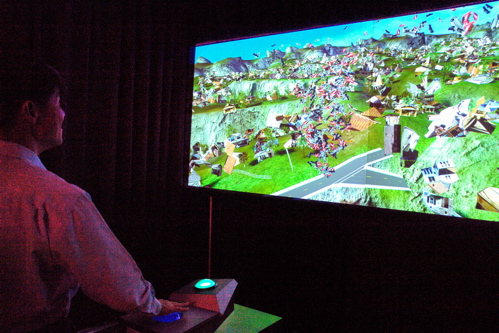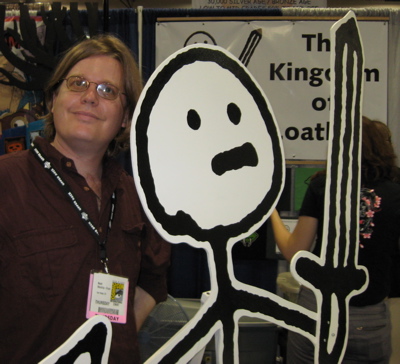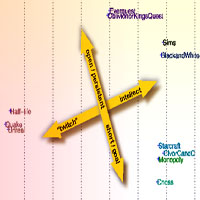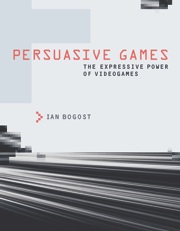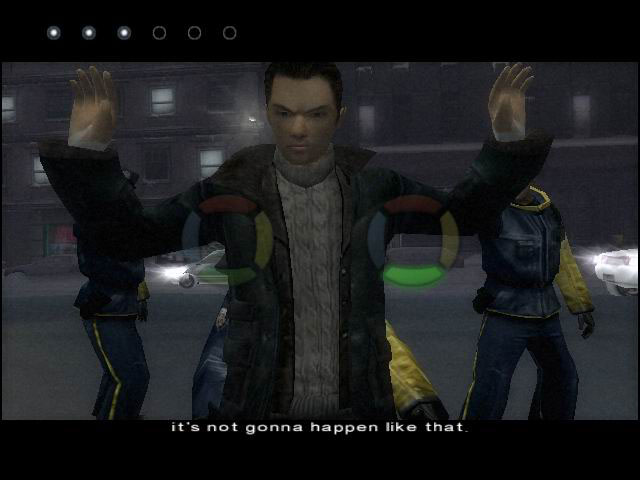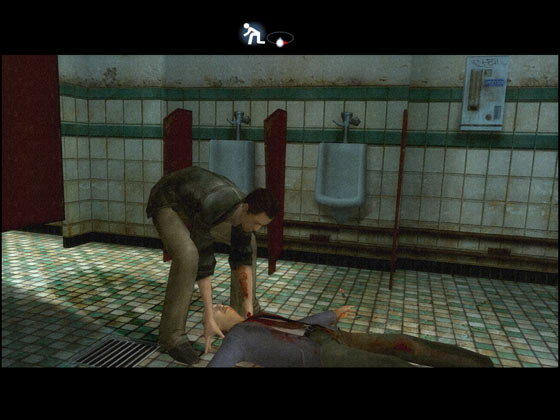Last year I posted a series of thoughts about two story generation systems: Minstrel and Universe (1 2 3 4 5). I had some critical things to say about the Minstrel system, but they were based on my reading — I hadn’t yet been in contact with the system’s author, Scott Turner. This month I finally connected with Scott, and yesterday he sent me the following thoughtful response to the issues raised by our previous discussion on Grand Text Auto.
I’m particularly happy about this because Scott has graciously offered to try to respond to any further questions in the comments for this thread. Also, I’ll be paying close attention to the conversation, given I’m writing about Minstrel in my forthcoming book. Below are Scott’s thoughts.
I haven’t worked in AI for many years, but I was delighted when Noah contacted me and I had a chance to read the discussion on this blog of my dissertation work. At the time I did this work there was no Internet as we know it today, and in some sense I worked virtually in isolation. No one else was working on computer storytelling, creativity or related subjects such as interactive fiction. The best that I could hope for in the way of a community of interest was occasionally meeting up with folks like Michael Lebowitz at a conference. I can’t help but think that if I were doing my work today, the feedback I could get through the Internet would greatly improve my results. The Internet is truly wonderful in the way it can bridge space and economics to bring together similar interests in ways that could never happen in the physical world!
After Noah pointed me towards this blog I read through the discussion of Minstrel and found it very thought provoking. I thought I’d take a few minutes to share some insight into how Minstrel came to be and discuss some of the issues that Noah raised.
This is a preview of
Scott Turner on Minstrel
.
Read the full post.



